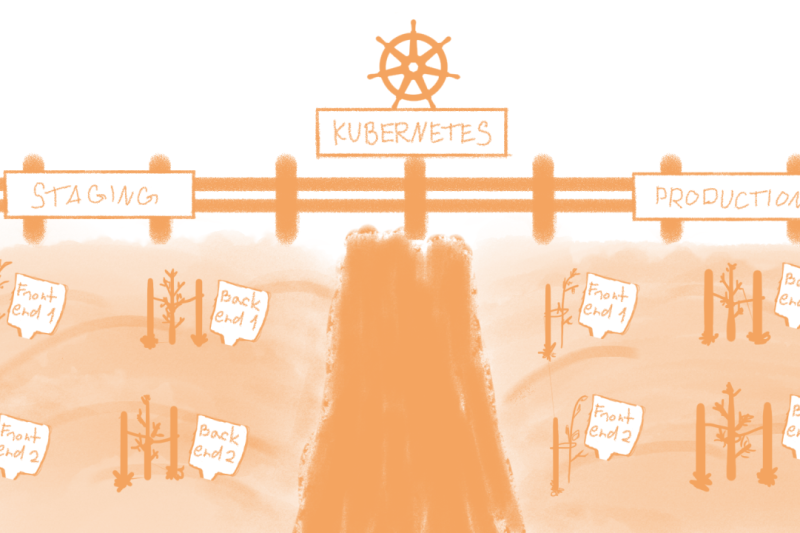From a business perspective, PWA is a tool that helps deliver a better user experience (UX).
If your project sits around the market average, chances are 60–70% of your customers see you on their phones. Yes, conversions on desktop are still higher—some sources even say twice as high. But does that make mobile traffic less important? I don’t think so.
You could argue that people browse on mobile first and only switch to desktop later to check photos in detail, review specifications, and complete the purchase. That path is possible, but I haven’t seen any solid studies proving it. Data can be contradictory, but one point is consistent: improving the mobile experience leads to higher conversions.
So why do many mobile visitors browse but not buy? Poor UX. And that’s exactly the problem PWA is designed to solve.
Users may not realize it, but they like PWA
Of course, a PWA can have poor UX, just like any other website. But by design, it provides a framework of best practices for e-commerce, helping businesses increase conversions.
PWA is also faster. Google has stated that PWA pages load 50% faster than standard responsive websites thanks to “precaching,” which makes sites run smoothly even on slow connections.
It also opens up new engagement channels. Push notifications, for example, can put you directly in front of customers via their lock screens. Used well, their effectiveness far exceeds that of a regular email.
PWA and SEO – breaking the myths
SEO and PWA often get tangled in misconceptions. I’ve seen project briefs stating: “Don’t build single-page apps or JS framework-based sites” because of SEO/analytics issues.
That used to be true: early PWAs rendered content only in the client’s browser, making SEO difficult. But today, servers return full content, eliminating those issues. In fact, the indirect benefits of PWA—speed, better on-site engagement—can actually improve SEO performance.
So what’s the value of PWA?
Clients still ask: What exactly will PWA give me? How much will it cost? When will it pay off?
By itself, PWA won’t make you money—it has to be implemented. But it brings a strong package of benefits:
-
Faster code and better PageSpeed results.
-
Improved UX that boosts conversions.
-
New engagement options like push notifications.
-
Offline access to visited pages, even without internet.
-
No SEO issues.
-
Easier developer onboarding and project scaling.
-
Features like automatic code-splitting that slim down JavaScript libraries, speeding up the site further.
Sounds like a solid value proposition to me.
Almost a philosophical takeaway
Imagine you’re a homebuilder, and I ask you to build me a house—but don’t use screws, don’t insulate, don’t install ventilation. Do it the way my grandfather did. You’d probably think I was out of my mind.
It’s the same with us as developers: our job is to ensure IT projects are strong and built to last. That’s why we use modern technologies—sometimes hidden behind some three-letter buzzword. PWA is one of those tools that makes life easier and better, for both you and your customers.


